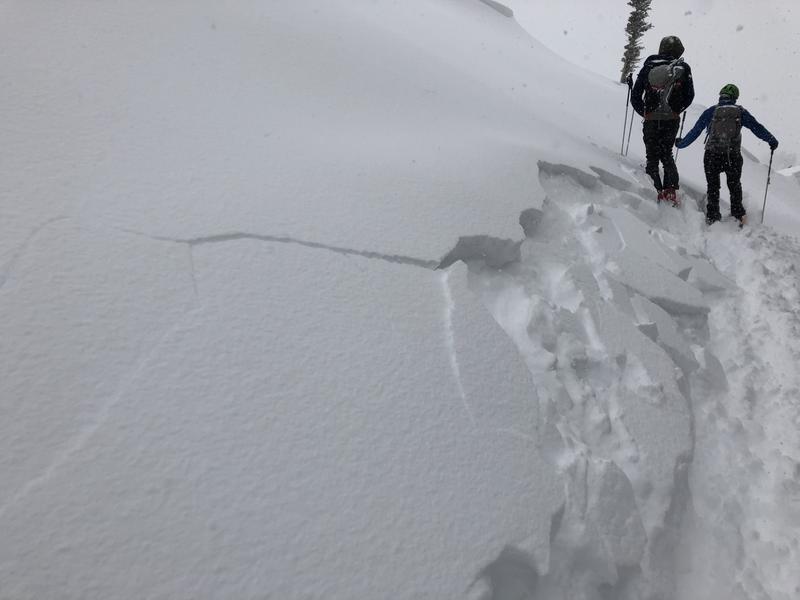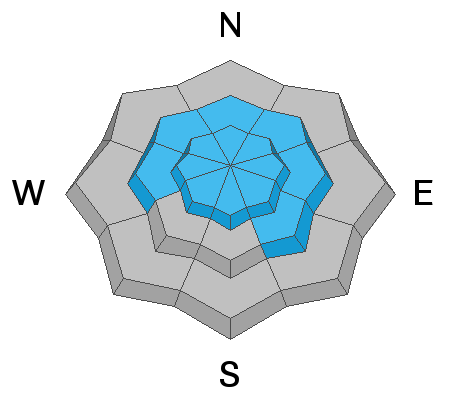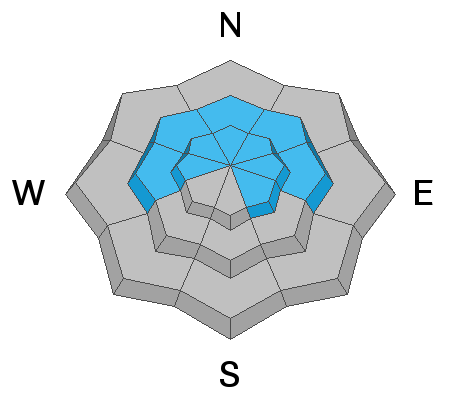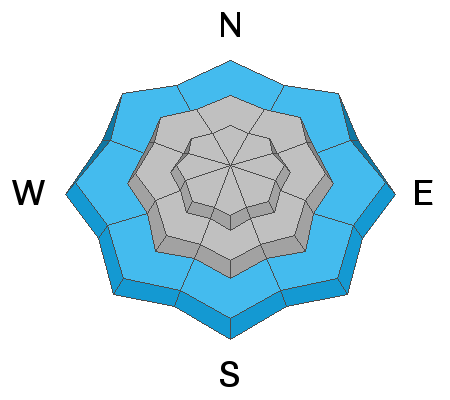Forecast for the Salt Lake Area Mountains

Issued by Drew Hardesty on
Thursday morning, January 17, 2019
Thursday morning, January 17, 2019
THE DANGER IS ON THE RISE. THE AVALANCHE DANGER STARTS AT CONSIDERABLE THIS MORNING BUT WILL REACH HIGH BY THE AFTERNOON. Natural and human triggered avalanches are expected on many aspects and elevations, particularly in areas that see the most snow and wind. Wet avalanche activity is likely in the low elevations. Those without excellent avalanche and route finding skills should avoid the backcountry through the Monday/MLK weekend.
While the backcountry will be dangerous over the next several days, enjoy the Greatest Snow on Earth at some of the Greatest Ski Resorts on Earth where they employ teams to help mitigate the risk. REMEMBER that if you're going out of bounds, you're entering into Considerable to High avalanche danger.

Low
Moderate
Considerable
High
Extreme
Learn how to read the forecast here










